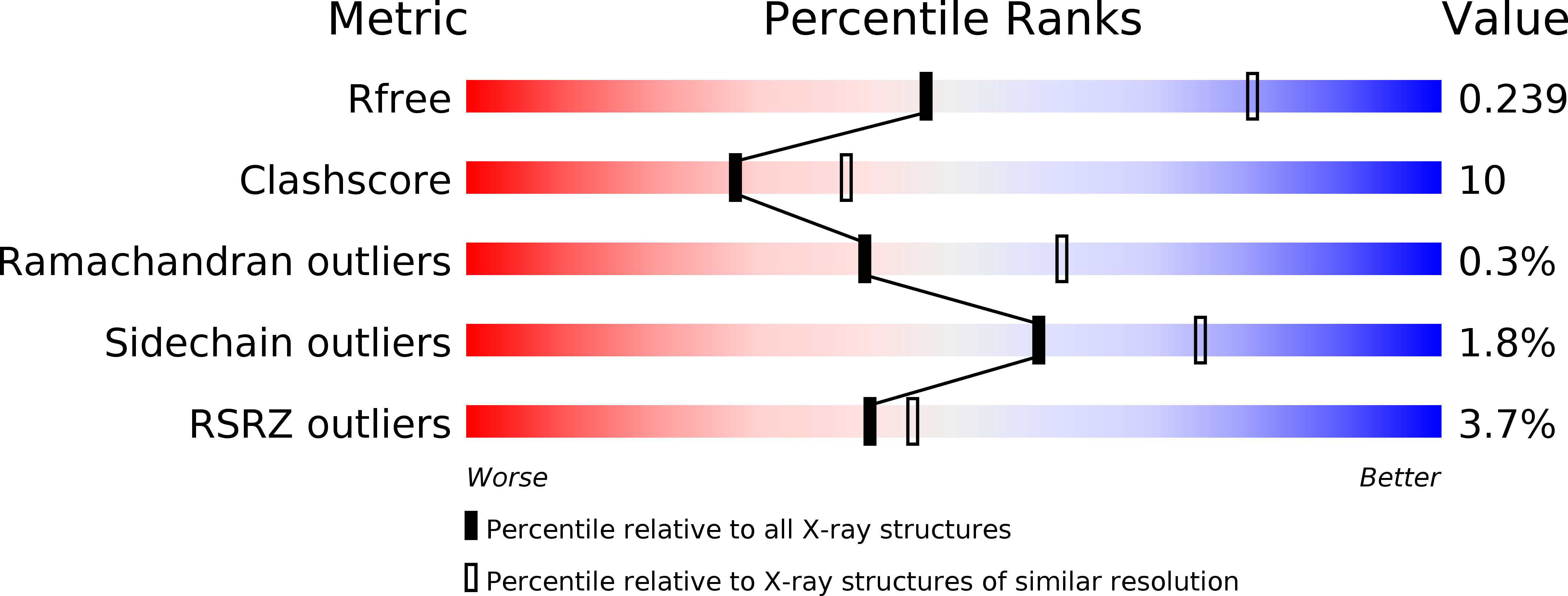
Deposition Date
2019-12-19
Release Date
2020-07-08
Last Version Date
2023-10-11
Method Details:
Experimental Method:
Resolution:
2.75 Å
R-Value Free:
0.23
R-Value Work:
0.17
R-Value Observed:
0.17
Space Group:
C 1 2 1


